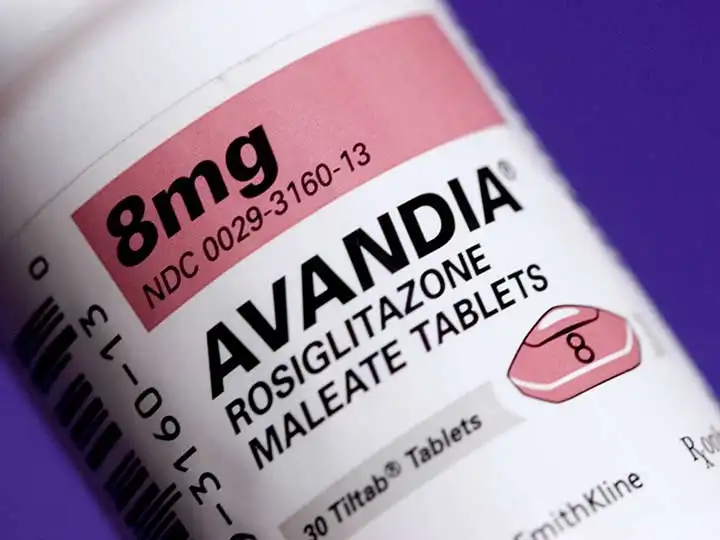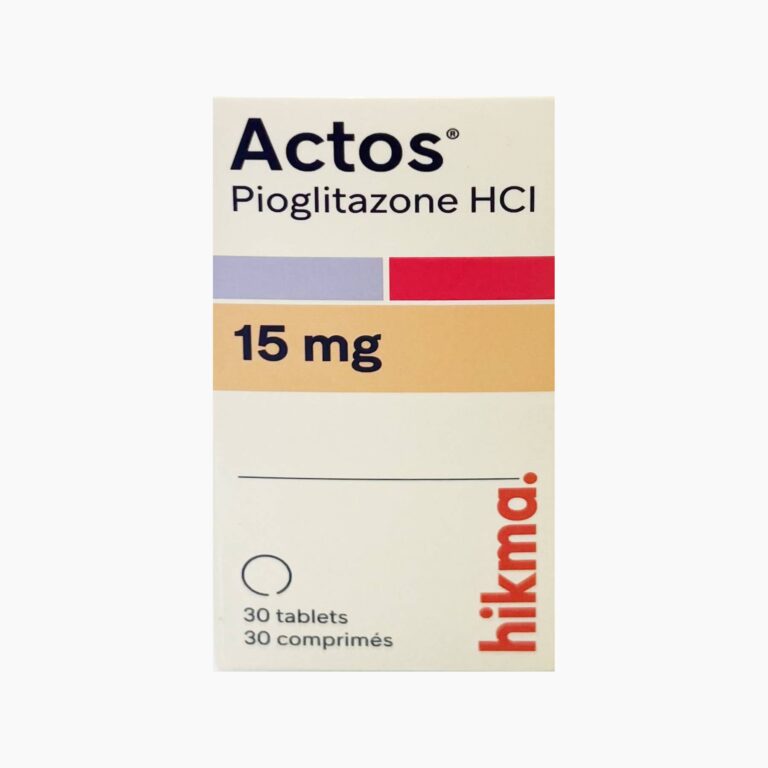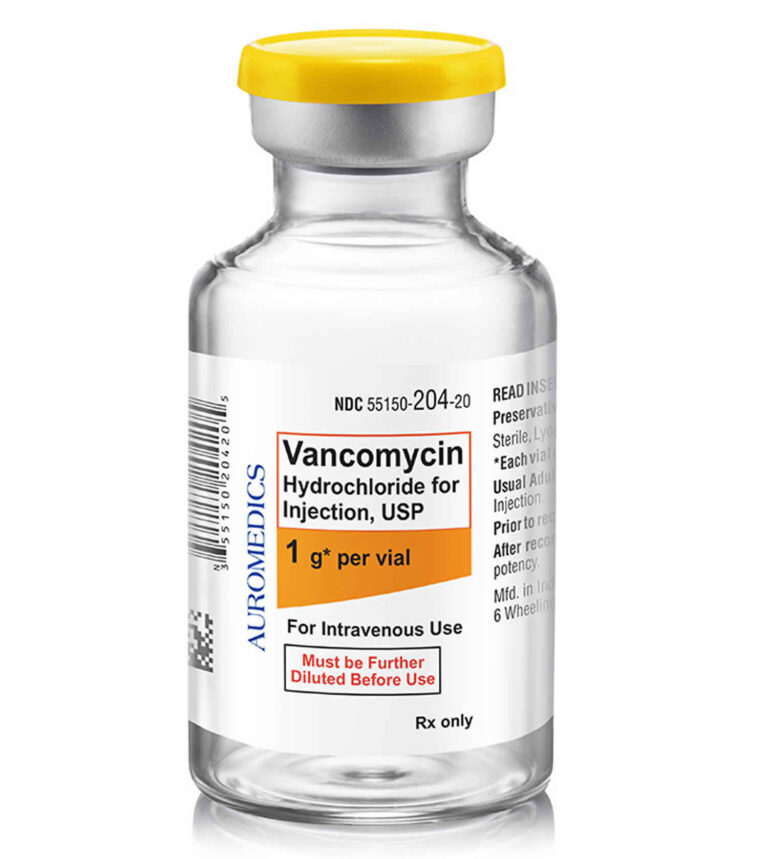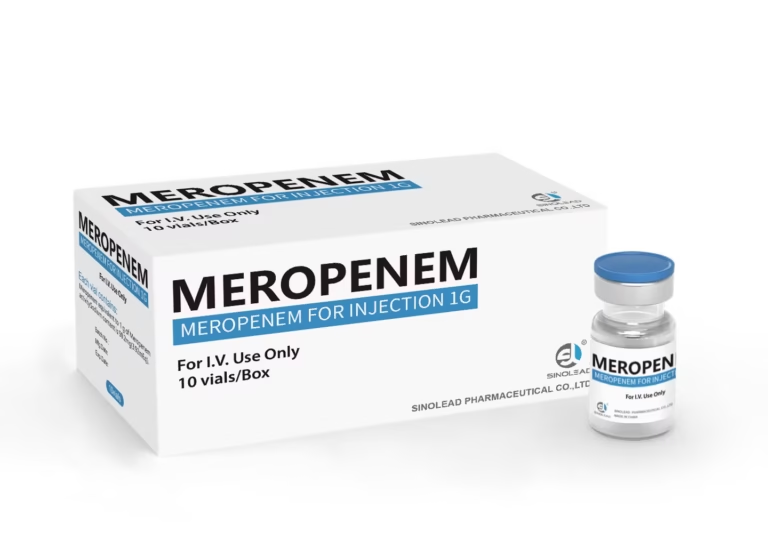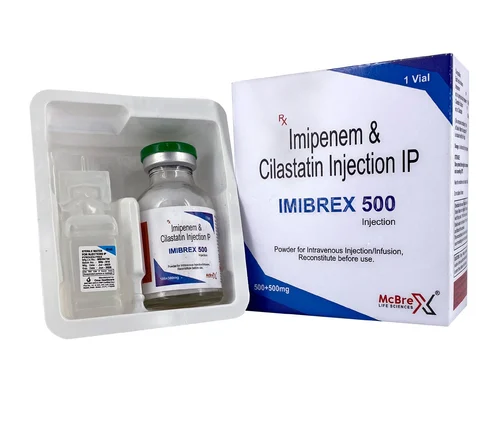Thiazolidinedione class
Thiazolidinediones (TZDs) are a class of oral medications primarily used in the management of type 2 diabetes mellitus. They work by enhancing the body’s sensitivity to insulin, thereby improving glucose uptake and reducing blood sugar levels. TZDs act on the peroxisome proliferator-activated receptor gamma (PPAR-γ) found in adipose tissue, muscle, and liver, influencing the expression of genes involved in glucose and lipid metabolism. Commonly prescribed TZDs include pioglitazone and rosiglitazone.
While effective in controlling blood sugar, TZDs can have side effects such as weight gain, fluid retention, and an increased risk of heart failure in susceptible individuals. Additionally, long-term use may be linked to a higher risk of bone fractures. They are typically used in combination with other antidiabetic medications like metformin or sulfonylureas. Monitoring liver function and heart health is recommended during treatment with TZDs to minimize potential risks and ensure safe use.
(TZDs) are a class of oral medications primarily used in the management of type 2 diabetes mellitus. They work by enhancing the body’s sensitivity to insulin, thereby improving glucose uptake and reducing blood sugar levels. TZDs act on the peroxisome proliferator-activated receptor gamma (PPAR-γ) found in adipose tissue, muscle, and liver, influencing the expression of genes involved in glucose and lipid metabolism. Commonly prescribed TZDs include pioglitazone and rosiglitazone.
While effective in controlling blood sugar, TZDs can have side effects such as weight gain, fluid retention, and an increased risk of heart failure in susceptible individuals. Additionally, long-term use may be linked to a higher risk of bone fractures. They are typically used in combination with other antidiabetic medications like metformin or sulfonylureas. Monitoring liver function and heart health is recommended during treatment with TZDs to minimize potential risks and ensure safe use.
